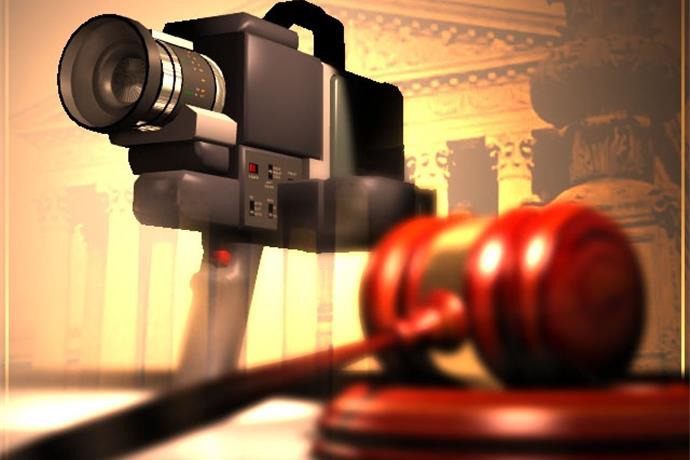Nithyakalyani Narayanan. V
The Supreme Court recommended live streaming of Court sessions via a landmark judgement in 2018 (Swapnil Tripathi v Supreme Court of India). The significance of such sessions was highlighted and was termed as an extension of ‘open justice’ and ‘open Courts. Five years after the judgment, only nine out of 25 High Courts have been following this and the Supreme Court itself has limited live streaming to only Constitutional cases.
The Court has stated that since District Courts and High Courts are where most people go to seek justice, the necessity for live broadcasting applies equally to them and, in some ways, with greater force. Although the general public is permitted to observe court proceedings, they frequently have time and budget limitations as well as an inability to travel great distances. The Chief Justice of India Dhananjaya Y. Chandrachud, made this observation during the recent same-sex marriage hearing, “The live streaming of court proceedings has really taken our court absolutely to the homes and to the hearts of the common citizens, and I think that is part of the process.”[1]
Live streaming emerged during the COVID-19 pandemic and physical hearings were impossible to conduct. In October 2020, the Gujarat High Court started live broadcasting court sessions on their official YouTube channel on an experimental basis, which lead to a growth of nearly 1.24 lakh subscribers[2]. A few other High Courts including Karnataka High Court and Jharkhand High Court have also followed the same.
As per the Model Rules for Live Streaming and Recording of Court Proceedings, child adoption, custody and offences cases, matrimonial disputes, and juveniles in conflict with law should not be live streamed. The Delhi High Court notified rules and restrictions with regard to live-streaming their proceedings and all its subordinate courts in January.

